---------------------------------------------------------
Do you want to start a garden but are overwhelmed about how to start? Let me introduce you to a system that is perfect for small spaces called square foot gardening. I think this is a great way to garden for someone who is just getting started. If you are a beginning gardener, click here to check out my 7 beginner gardening mistakes to avoid. Square Foot Gardening features high yields in a small, easy-to-care-for plot.
Let me start by saying right off the bat that this method is amazing, but way more involved than one blog post could cover. I will cover the basics here but I HIGHLY recommend getting the book “All New Square Foot Gardening” by Mel Bartholomew & the Square Foot Gardening Foundation. They have released a few different editions over the years, each with new info or ways to make your square foot garden better. Mel invented the system in the 1970s and the foundation has been carrying on his good work since his passing in 2016. They are the experts on all things Square Foot Gardening!
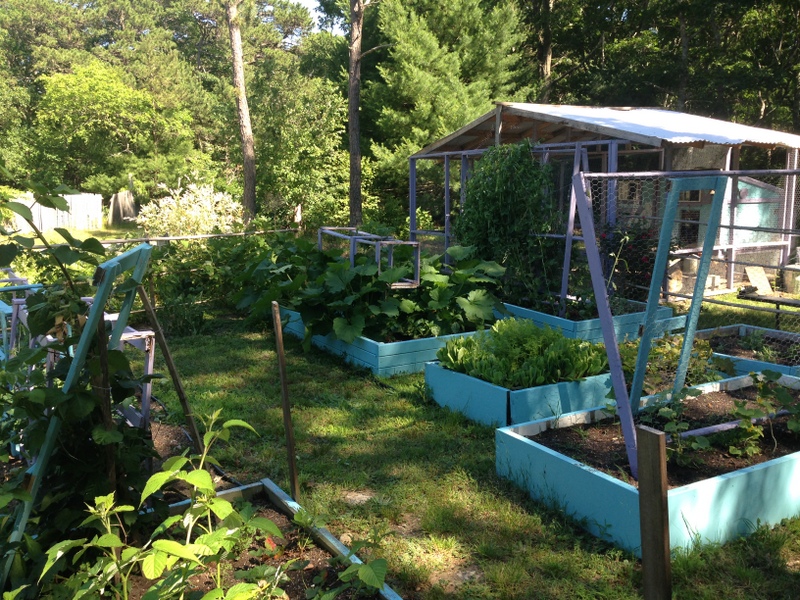
What is square foot gardening?
It is just how it sounds. If you have a 4×8 garden bed, that is 32 square feet, and you’ll have 32 “boxes” to plant in. Most people actually put down a grid using either twine, wood dowels, or PVC piping – or you can just imagine the grid is there and plant accordingly.
Square foot gardening plants rows closer together than in traditional gardening. The upside to close planting is it tends to squeeze out weeds. And of course, it allows you to get more vegetables in a smaller space.
So why doesn’t everyone do this? It does require maintenance. Plan to water a little more frequently. You need to manage the soil as all those plants can use up nutrients quicker than traditional gardens. You will also need to pay attention to what kind of plants you are planting because not all plants play well together. Click here to read about companion planting Square foot gardening is an efficient way for virtually everyone to be able to grow their own food.
Raised beds or “in the ground” planting?
The answer to this is how good is your soil? My garden is set up for raised beds. Cape Cod is a lovely place to live but we are basically a big sand bar that sticks out into the ocean. Unfortunately, that doesn’t make for the best farming soil.
I tried for many years with conventional gardening with so-so results. Amending & tilling soil, digging out endless rocks and never-ending weeds. Finally, I gave up, switched over to raised beds and never looked back. The best part about having raised beds is having total control over soil quality. Twice a year I add compost from my compost bin to replenish the nutrients spent on growing and to replace any soil that washed away or compacted down.
Raised beds cut down on the amount of weeds growing, but also makes it easier to pull the weeds that do grow. You don’t have to contend with rocks or stray tree roots. It’s easy to add cover in winter so the soil is warmer and ready to go sooner in spring. You can even add a cold frame on top for winter gardening. Most people do square foot gardening in raised beds, but you certainly can use this method with conventional “in the ground” gardening.
How much garden do I need?
This depends on a lot of things. How many people are you feeding? Do you want enough just for seasonal fresh eating? Will you want extra for canning, preserving, etc? Do you want enough to share with friends, family, or to sell at farmer’s market? Will you be conventional row gardening or square foot gardening? But most of all, how much space do you have?
Most people seem to agree that for a conventional row garden (a row of corn, a row of lettuce, a row of tomatoes…) 100 square feet per person is needed for a fresh eating garden, and about 200 square feet per person if you want to can food for year round use. With square foot gardening you need as little as 16 square feet per person for fresh eating and about 32 square feet per person to have enough for preserving!
Finding the best location
Go out into your yard at several times during the day and note where the sun is and how it moves across your yard. What areas have the most sun? Ideally you will have an area that receives at least 6-8 hours of strong sunlight.
Where is your water source located? Of course it’s great if that works out to also be a sunny spot, but you can work around it by snaking hoses where they need to be.
Take it Slow
The nice part about growing your garden slowly is that it allows your garden to grow with your gardening knowledge. In 2009 I finally gave up on growing plants in the ground and built my first raised bed. That first year with raised beds I had about 32 square feet of raised garden bed space with a little bit of “in the ground” space. By 2016 I had 225 square feet of raised bed space plus an additional 400 square feet or so of conventional garden space for fruit trees & berry bushes.
In 2020 we moved and I had to start over from scratch. The new house has a lot of large maples shading the yard. The best space was much longer than wide so I built 20-foot-long beds that were only 2 feet wide. This gives me about 120 square feet in the main garden, and then I’ve got 3 other small areas in the yard with growing space. I’ve got plans for a large orchard someday when finances allow. You need to work with the space you have.
If I started with a huge garden, I would have given up the first year. Starting slowly with just a bed or two is the best way to see how much garden you need and how much you have the time and desire to maintain. That said, before you start construction have an eye on where future expansion might go. If your beds are more than 2 feet wide, make sure you leave space around all the sides for you to tend the garden. I like to leave about 2 feet between beds.
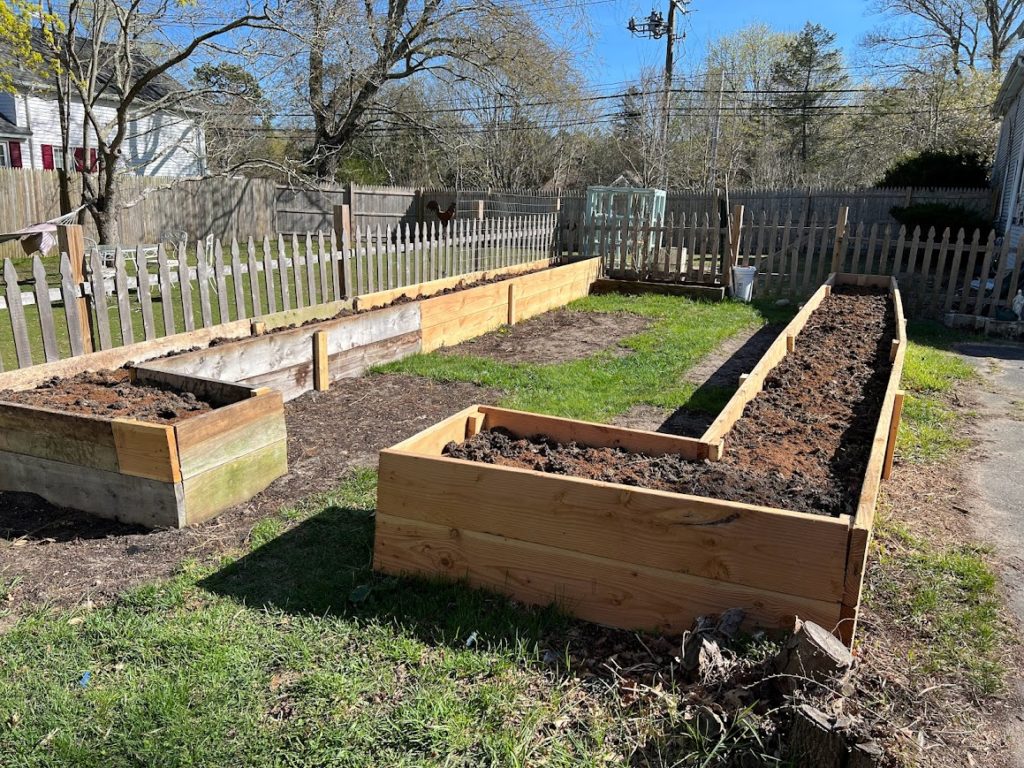
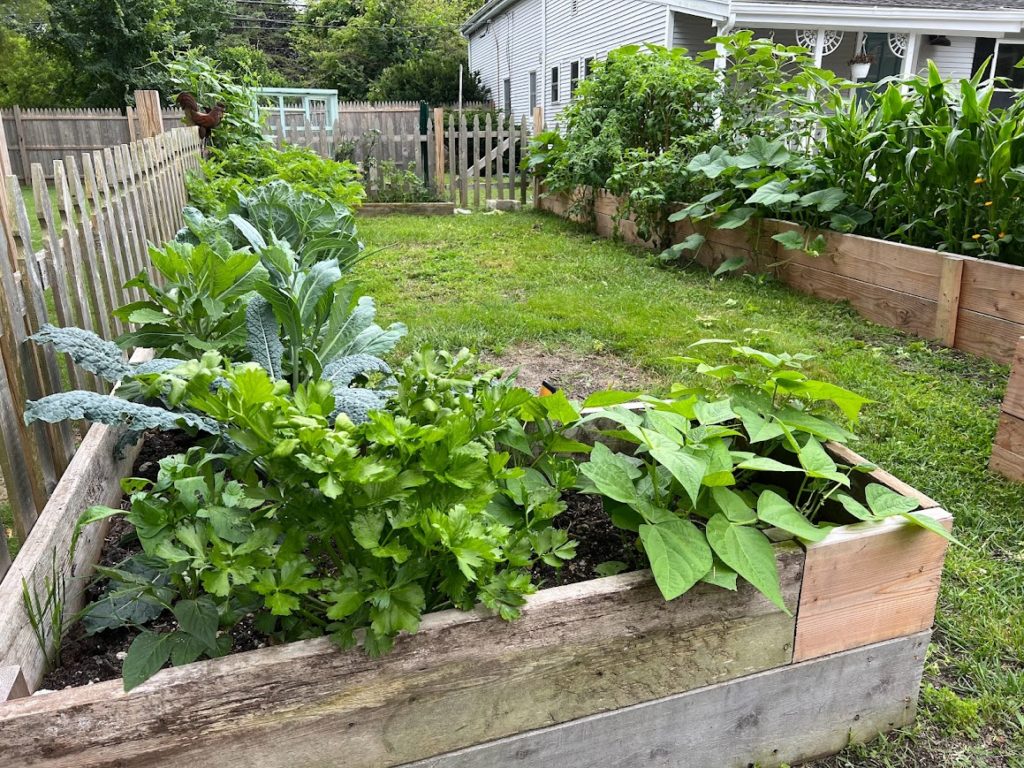
Making a raised garden bed
I have built several different size beds over the years. The smallest was around 3×3 up to the long 2×20 beds. Most of them were 4×8 and I like this size best if you have the space. I can move along the long side when weeding, harvesting, or planting and only have to reach in 2 feet. It’s manageable. It also allows for an efficient use of materials when building the bed with standard 8 foot long boards.
Pine is an inexpensive wood but like everything, you get what you pay for. The best wood to use is cedar if you can afford it. It resists rot the longest and repels insects. It is also very pricey. The pine will rot eventually, but you will likely get 7-8 seasons out of them.
Other material choices would be metal, concrete blocks or bricks, plastic, or even rubber tires. The one thing you don’t want to use is old pressure-treated wood. Pressure-treated wood dated from before 2004 was treated with chromated copper arsenate, which was found to leach small amounts of arsenic into the surrounding soil and into the plants. Newer pressure-treated wood is considered safer to grow plants in. It is treated with a cooper-based treatment. The copper can still leach into the soil, but many experts agree the health effects are minimal. Excess copper can stunt plant growth. Click here to see how I built my beds
What should I plant?
What do you eat? Start with your family’s favorite vegetables. Gardening is so much more rewarding when you can enjoy the benefits of all your hard work. For years and years, I grew green beans in my garden because they were easy to grow and because they seemed like a vegetable I “should” grow. The thing is out of 6 people in my family only me and my husband like them, and even we don’t like them that much. I stopped wasting my time with green beans and focused my energies on veggies we loved. I try to add a few new kinds every year but focus mostly on veggies we love and would buy at a store.
What can I plant in a square foot?
Look at the back of your seed packet. You want to look at the SEED SPACING. Let’s say the recommended seed spacing is 3 inches. Each side of your square is 12 inches. A 12-inch side divided by 3-inch spacing is 4 plants. So you can have 4 rows of 4 plants – or 16 plants per square. Make sure that tall plants are planted towards the north end of the bed so they do not shade smaller plants in front. Following are some recommendations for each square foot for popular plants:
Basil: 4
Pole beans: 5
Carrots: 16
Corn: 3
Cucumbers: 2
Garlic: 4
Leaf Lettuce: 4
Onions: 4
Oregano: 1
Peas: 8
Peppers: 1
Potatoes: 1
Radishes: 16
Tomatoes: 1
Zucchini: 1
Some of the larger vine plants I personally think need a bit more than the “recommended” spacing. For instance, when I try to grow tomatoes too close together I find there is just not enough air circulation and you end up with diseased plants. For tomatoes, I always leave an empty square next to them to give them room to breathe. The same goes for squash & potatoes. I know plenty of people that grow them right on top of each other, but my garden has enough room to let them breathe a bit so I’m going to give it to them.
Companion Plants & Rotating Plants
With so many plants growing in such close conditions, you want to make sure they are friendly. Did you know plants have friends too? Sometimes friends are plants that don’t compete for resources, sometimes one will deter bugs that might eat another, and some will enhance the flavor of another (think cucumbers planted with dill or tomatoes with basil). There are so many combinations. Click here to learn more about companion planting, including my planting guide
Mel from Square Foot Gardening is a big proponent of mixing your growing boxes. Instead of planting 4 boxes in a row of peppers, spread the 4 pepper boxes into different sections of your Square Foot Garden. It helps build the diversity of your garden and cuts down on disease.
Every year you will want to rotate what you plant in each box for healthy plants. This keeps plant-specific diseases from building up in the soil and keeps your soil balanced nutrient wise. Most gardeners work on a three to four year schedule. Keep a garden journal to help you remember what you planted where. Most common vegetables can be sorted into four “families”.
Enrichers (Legumes)- enriches soil with nitrogen (legumes, beans, peas, peanuts)
Nightshades – heavy feeders (tomatoes, potatoes, eggplant, peppers)
Leaf Crops – anything grown for its leaves, need lots of nitrogen (cabbage, broccoli, kale)
Squash Feeders – heavy feeders (squash, pumpkins, melons, cucumbers)
So year 1 plant green beans, year 2 plant tomatoes, year 3 plant cabbage, year 4 plant pumpkins, or go back to soil enriching beans.
For more in-depth info on crop rotation, click here
So what does a square foot garden look like?
Ideally, you will have at least three beds to allow you to practice crop rotation each season. But do what you have space for. If all you can fit is one bed, start with one bed. If you are worried about plant disease, you can empty the soil from the bed and start fresh each season. You can use the “spent” soil to amend flower garden beds or to mulch bushes. Adding a good amount of new compost each season will allow fresh nutrients to be added and can help keep most diseases at bay.
Below is an outline for a sample 3 raised bed system, featuring three beds that are 4 ft x 8 ft. Within each bed, notice the square foot gardening grid giving you 32 “mini plots”. All three beds will give you 96 square feet of growing space. This is enough for a family of 6 to have a fresh, seasonal eating garden or a family of 3-4 to have veggies for fresh seasonal eating and some left for preserving.
I have placed these beds all together just to fit them on the same page, but in real life, you are going to want to position them so you have at least 2 feet clear all around the bed for you to access and tend the bed. The tall plants are kept to one side of the bed. Be sure to position the beds so the tall plants are on the northern side so they do not shade shorter plants. Check out my plan for an inexpensive trellis system that works well with square foot gardening.
Garden Journal
The table below is also an example of how you could keep a garden journal. Once you have made your template, photocopy a bunch of them. Write the year at the top, fill in the boxes, pop it in a binder. Super easy! Now you’ll have a record to refer back to each year for crop rotation. Instead of “tomato”, record it was a Brandywine variety, where you bought it, and if you grew it from seed. Make notes about how well or poor it grew, and how it tasted. Then when you are thinking “what was the fabulous tomato we grew last year” you will have a handy record.

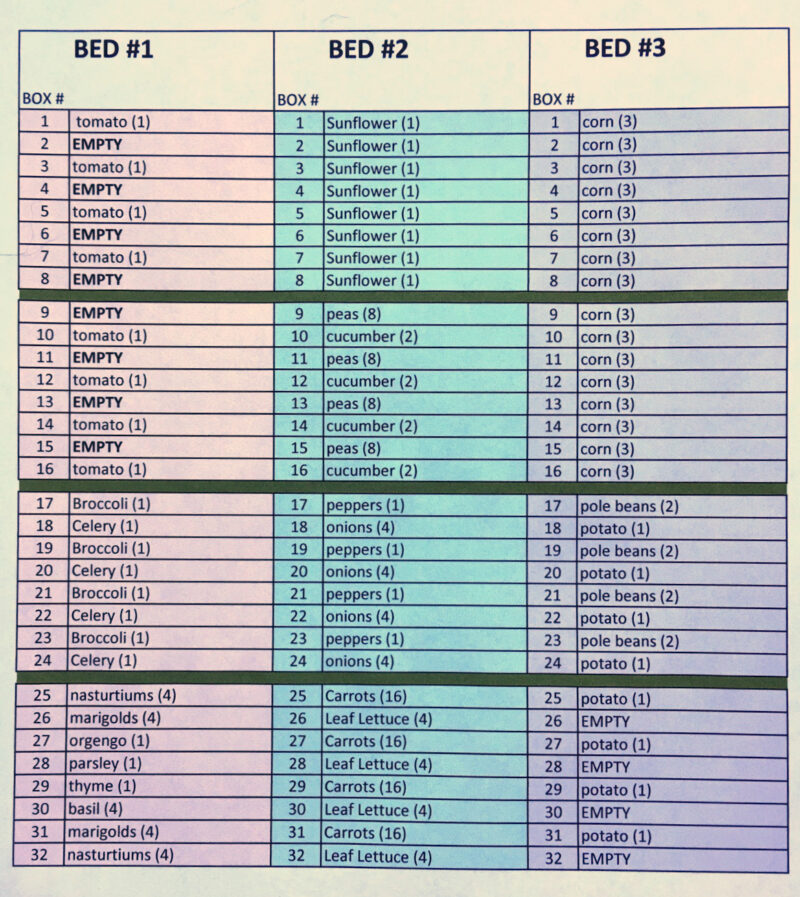
So in under 100 square feet you are growing:
8 tomatoes (I like a mix – some slicing, some cherry, some for sauce)
4 broccoli
4 celery
8 sunflowers
8 cucumbers (mix of slicing & pickling)
32 pea vines
4 peppers (any varieties)
16 onions
64 carrots
16 lettuce plants
48 corn stalks
8 bean stalks
8 potato plants
A mix of herbs
Have you tried square-foot gardening? I’d love to hear your experiences!
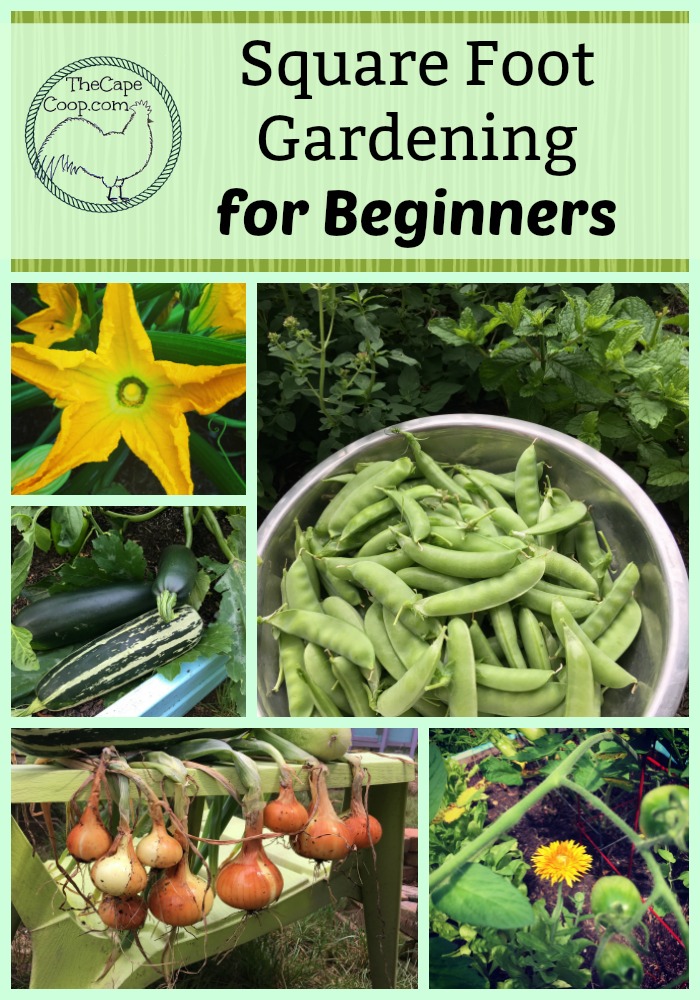
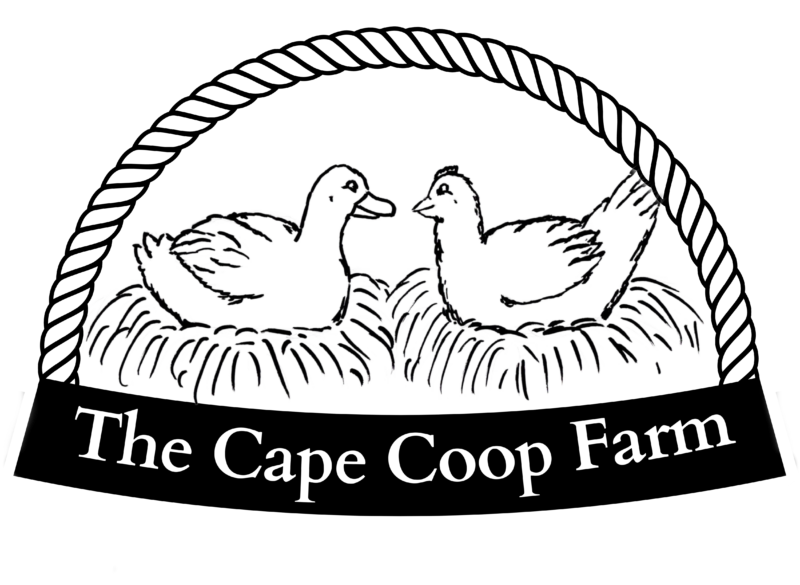
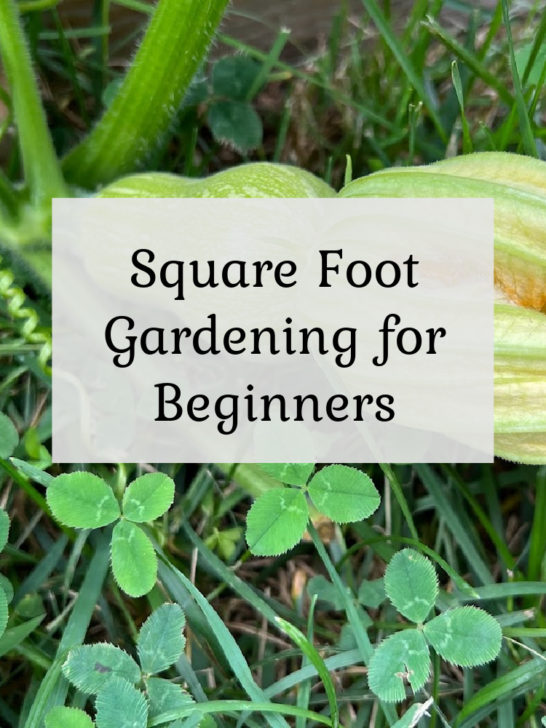

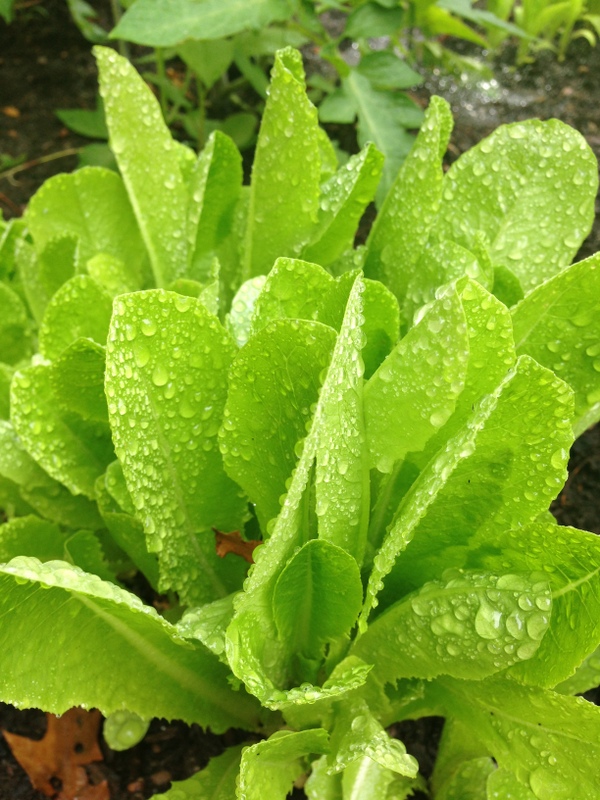
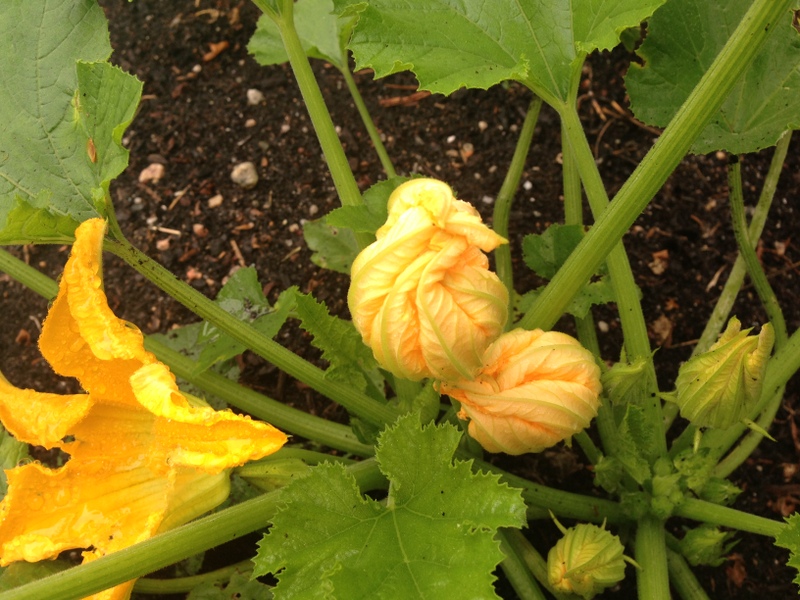
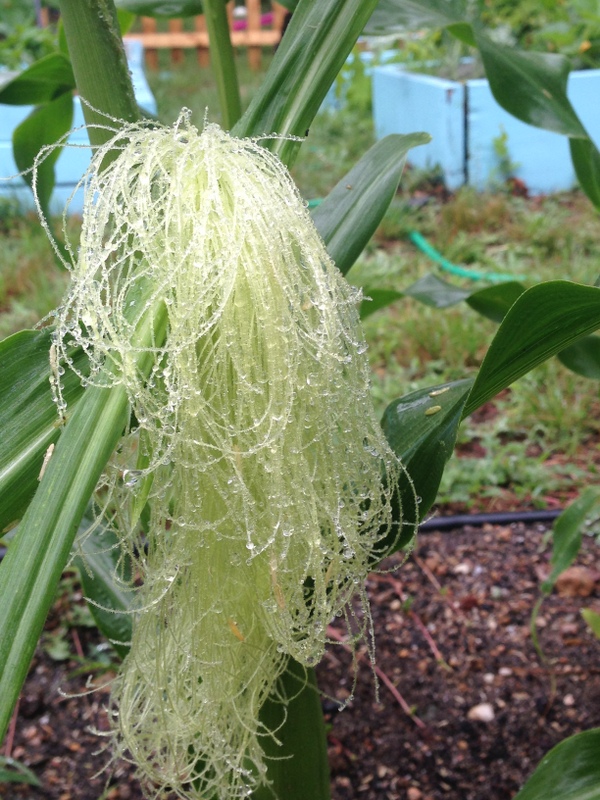
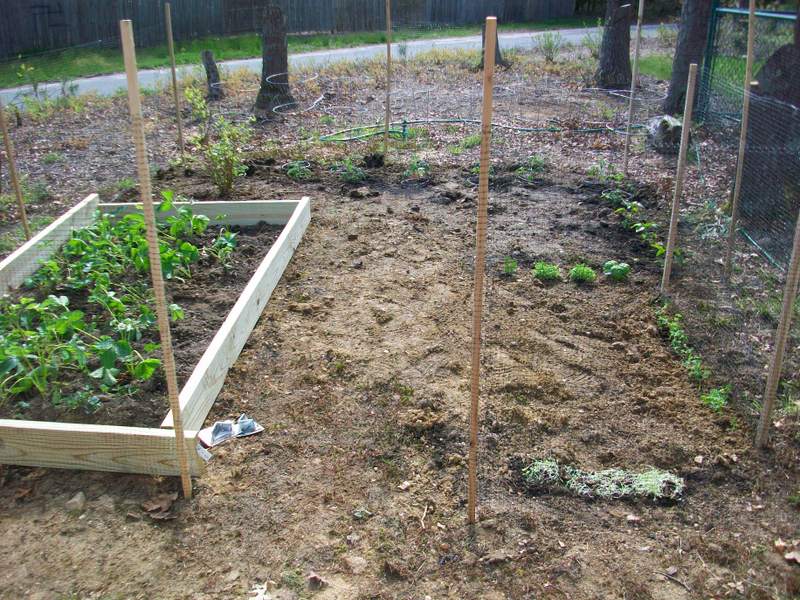
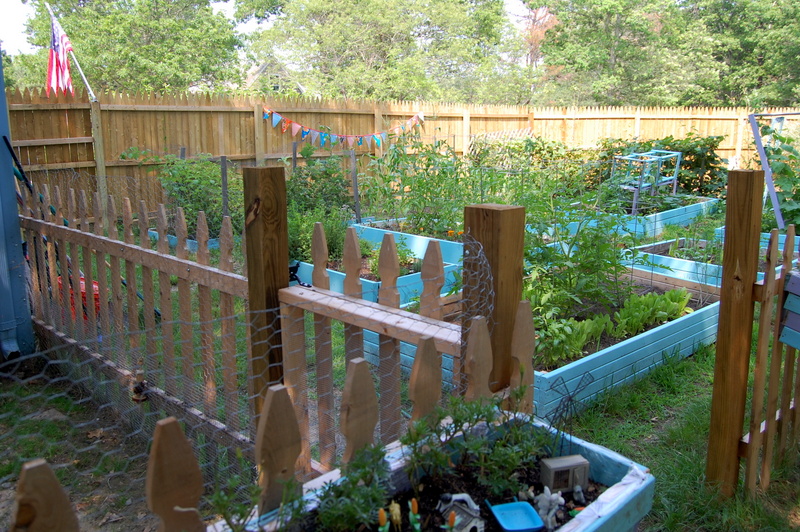
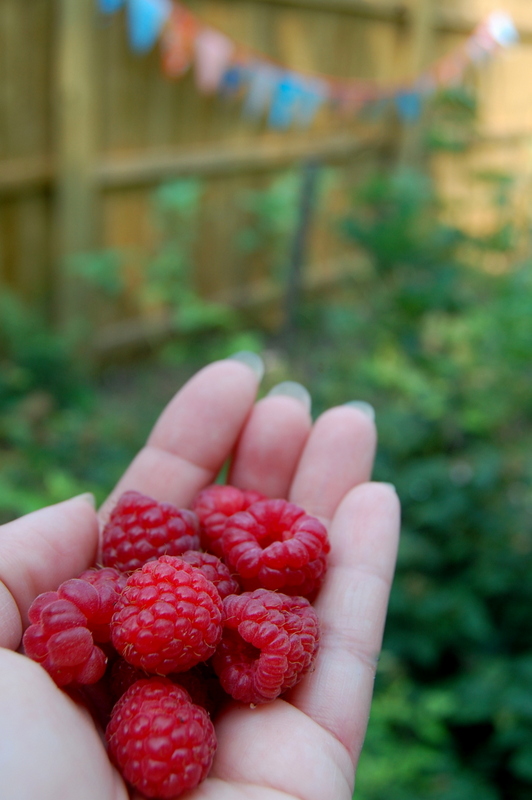
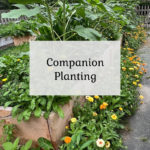
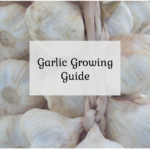
Hassan Shabbir
Friday 22nd of April 2022
Hi, I read your article. I must say it is a well-detailed guide for beginners. If someone is interested in square foot gardening then It will help a lot. Thank you so much
Liz
Tuesday 26th of April 2022
I am so glad you found it helpful!
Sandro D.
Thursday 16th of December 2021
Hey, I just read your article on square foot gardening and it was great! I've been wanting to try out a new method for my garden for awhile now. One of the things that's been holding me back is not knowing where to start or how much work it will be. Thanks so much,
Sumas
Wednesday 15th of December 2021
I'm a big fan of your gardening blog and I really enjoyed reading your post on square foot gardening. It's great to hear from someone who has been successful with this method! Great job posting such an awesome article.
Belle
Wednesday 29th of July 2020
Hi, I'm really curious where the information for this sentence came :" For square foot gardening you need as little as 16 square feet per person for fresh eating and about 32 square feet per person to have enough for preserving!". Can you point me to your source?
Liz
Thursday 30th of July 2020
This is from the book "All New Square Foot Gardening, 3rd Edition". An example of the harvest the editors produced from a 16 square foot garden during the course of a growing season include "2 gallons green beans, 2 gallons peas, 18 cucumbers, 4 muskmelons, 18 tomatoes, 12 green peppers, 10 eggplants, 8 potatoes, 2 heads cabbage, 3 heads broccoli, 3 heads cauliflower, 4 gallons kale, 8 shocks lettuce, 16 onions, 48 radishes, 2 gallons spinach". Honestly I think that is A LOT of produce to expect from a 16 square foot bed unless you have ideal growing conditions (like I am sure the book editors have), but I have had some very impressive harvests from such small spaces with this dense planting method.
Nathan Asher
Tuesday 14th of January 2020
Starting with small lawn area will gives you success to start landscaping in big lawn area moreover you need to follow all tips which helps in maintain and doing landscaping in Langley beside this you need to check which plant can grow in your lawn area.